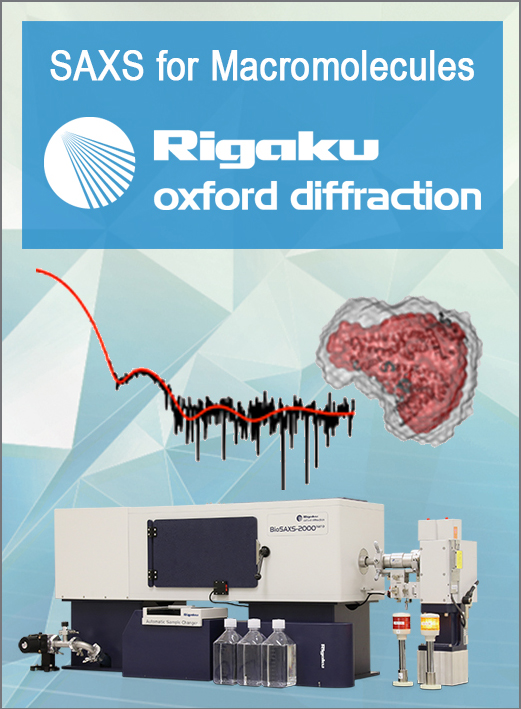


Letter from the President
What is Crystallography?
![sven lidin [Sven Lidin]](https://www.iucr.org/__data/assets/image/0008/136907/sven-lidin2.jpg)
Crystallography is the science that develops our abilities to extract structural information using crystallographic techniques. In order to do so, we need to grow crystals, to measure and calculate the properties of crystals and many other things, as well as to perform diffraction experiments. Crystallography thus naturally encompasses much more than the practice and theory of diffraction studies and we need to keep open minds about what should be included in the definition of our science. The discussion is alive and well and we may agree or disagree on whether or not a particular question or technique is crystallography or not and these are important questions: if we fail to recognize a development that is important to our science as being crystallography, we are running the risk of marginalizing our subject, but if we are too inclusive the meaning of the term crystallography is diluted. This is why we need to develop a strategy for the IUCr to cope better with the changes that affect our science as a result of the very development of that science itself and the concurrent development of neighbouring areas. The future of crystallography and the future of the IUCr depends on our ability to cope with change. The scope of crystallography changes and it is a sign of the good health of our subject that it does.
A rather different, but related and certainly equally important question is: what is the relationship between Crystallography the Science and Crystallography the Technique? The question is relevant, because Crystallography is both. We may argue that structural solution is a technique and that Crystallography is the science that underpins that technique, but that is not how the term is used in the larger scientific community. There is nothing strange or unusual about this. Much of the mathematics used in science is not Mathematics the Science, but Mathematics the Technique, commonly referred to as calculation. No one objects to Mathematics being in the timetable in primary schools, although it is quite obvious that addition exercises and multiplication tables have little to do with the modern development of mathematics. What is important is to instil an understanding that Mathematics the Technique is but a small part of Mathematics the Science.
Similarly, as crystallographers, we need to be clear about the difference between the science and the technique. The latter is based on the former, and when problems applying or understanding the techniques of Crystallography occur, the answers are supplied through the science of Crystallography. You do not necessarily need to understand the subtleties of the science to use the technique, but the risk of making a serious mistake in structural work is much greater if you are unaware of the continuous development of the science.
It may be argued that the science is only necessary for complex and unusual problems, and for run-of-the-mill samples, black-box crystallographic techniques suffice. The fundamental flaw in this argument is that the most difficult problem there is, is to determine whether a problem is difficult or not. Without the science, the technique becomes a cargo-cult enterprise, going through the motions for the sake of protocol. Without the technical use, the science of Crystallography becomes an ivory tower exercise with little impact on the rest of science.
Crystallography remains one of the most successful techniques in all of Science, having made a lasting impact on life and material sciences alike. The great strength of Crystallography is that it provides a standard of performance that few other techniques can offer in terms of reliability, accuracy and reproducibility, but this is thanks to the Science. As the science progresses, it allows the application of the technique to an ever-expanding set of problems and, through this process, Crystallography becomes more important by the day.
As crystallographers we should embrace the interdependence of Crystallography the Science and Crystallography the Technique. This interdependence pushes the boundaries and revitalizes the Science and strengthens the Technique.
Copyright © - All Rights Reserved - International Union of Crystallography




